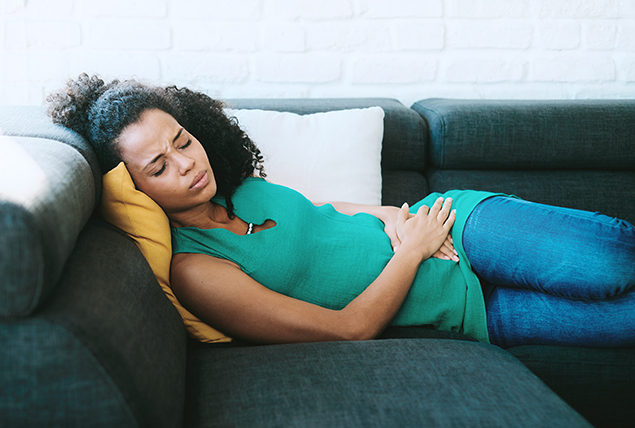Endometriosis mimics several other illnesses that affect the female reproductive system and surrounding organs. The complicated nature of endometriosis often results in a misdiagnosis of other conditions with similar symptoms.
What is endometriosis? What does the medical community know about it? How does it manifest? What are a patient's treatment options?













